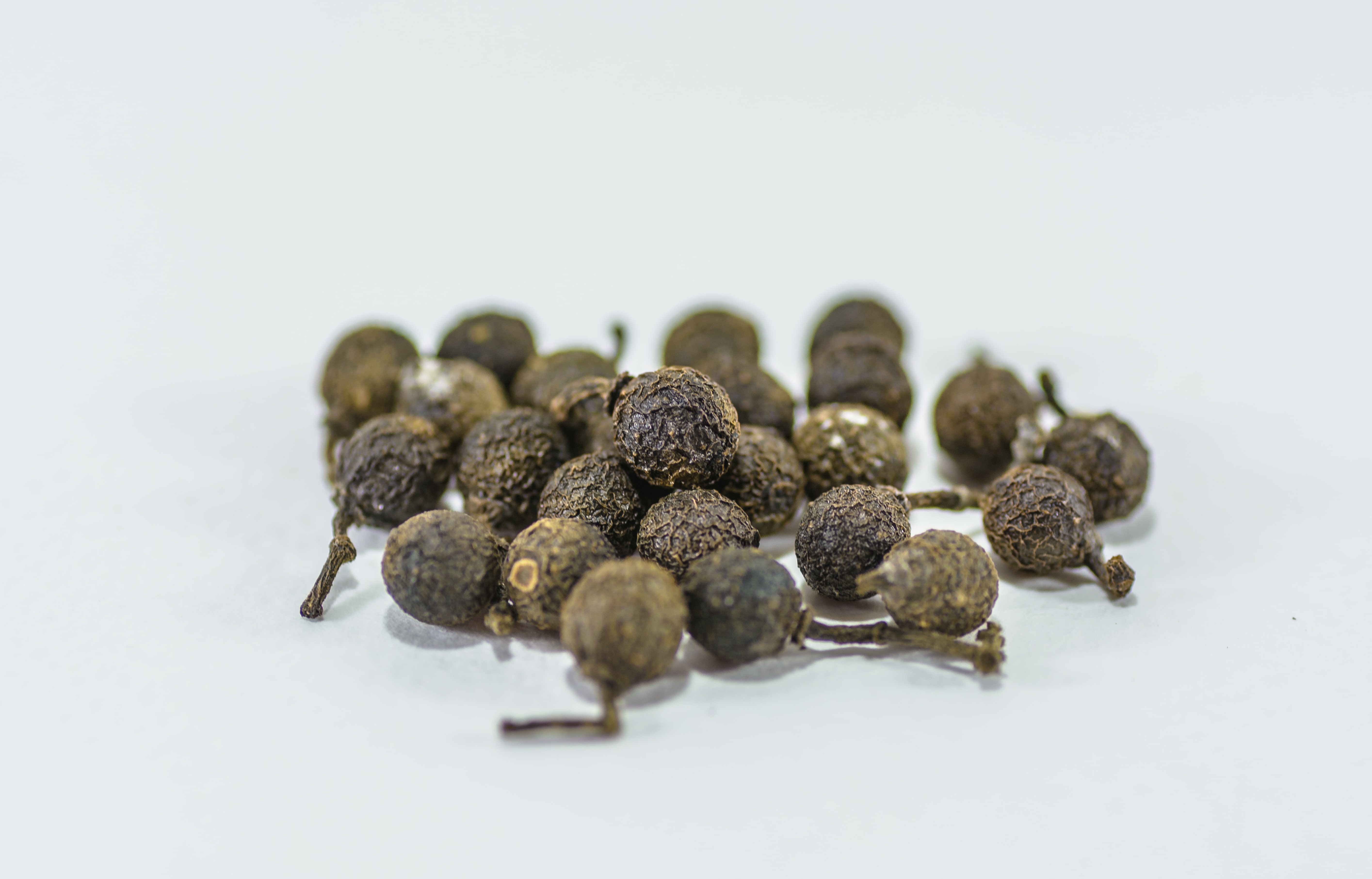
| Company | Ingredient Name | ID | Comments | Naturality | Certifications | Purity | Latin name | Treated part | Geographical origin | MOQ |
|---|---|---|---|---|---|---|---|---|---|---|
|
|
Huile essentielle de Litsea Cubeba (verveine exotique) - 30 gr | - |
Visit website
|
- | - | - | - | - | - | |
|
|
LITSEA 60%/MPG | F1765 |
Visit website
|
Absolue | - | Litsea cubeba var. Citrata | Baie | Laos | - | |
|
|
LITSEA CUBEBA | B572 |
Visit website
|
Huile essentielle |

|
- | Litsea cubeba Persoon | Fruit | Chine | - |
|
|
LITSEA CUBEBA | 570 |
Visit website
|
Huile essentielle | - | Litsea cubeba Persoon | Fruit | Chine | - |
General Presentation
-
CAS N° : 68855-99-2
-
EINECS number : 90063-59-5
-
FEMA number : 3846
-
Appearance : Colorless liquid
-
Density : 0,880 - 0,892 @20°C
-
Volatility : Head
-
Price Range : €€
Physico-chemical properties
-
Optical rotation : Donnée indisponible
-
Vapor pressure : Donnée indisponible
-
Refractive Index @20°C : Donnée indisponible
-
Acid Value :
-
Flash Point :
Uses
Uses in perfumery :
Used in citral and zesty notes, to boost the head in citrus and fougere perfumes. Allows to bring power and head to fresh and zesty accords.
Major Components :
- Citral (65-70%)
- D-Limonene (10-15%)
- Eucalyptol (≈1%)
- Linalool (≈1%)
- Methyl heptenone (≈1%)
- Alpha-Pinene (≈1%)
- Citronellal (≈1%)
- Beta-Caryophyllene (≈1%)

Photo credits: ScenTree SAS
Botanical name :
Litsea cubeba (Lour.) Pers.
Synonyms : Laurus cubeba Lour. // Actinodaphne citrata (Blume) Hayata
Botanical profile :
Litsea cubeba is a tree of the Lauraceae family and the genus Litsea
Chemotypes :
There are other species of the genus Litsea, and other plants known to be a source of natural citral, via their fruits:
The Litsea citrata also gives fruits whose essential oil can be extracted to obtain Citral. Although this EO is less produced than the Litsea cubeba EO. Citral and Citronellal can be extracted from the Litsea citrismella, Cinnamomum wilsonii and Cinnamomum insularimontanum fruits.
The fruits of Lindera neesiana, from Nepal, also give an essential oil rich in Citral. The leaves of this tree are rich in Estragol and Safrole and the branches are rich in Myristicin.
Extraction process :
The fruits of the Litsea cubeba tree have an olfactory interest for their strong citral composition.
The culture of Litsea cubeba is made at relatively high altitudes (beyond 1600 meters). The altitude has an influence on the composition of the essential oil and is the source of different chemotypes.
The fruits of the tree are picked by hand, crushed and dried before the hydrodistillation. Steam distillation is done on dried fruits, under pressure, in a distillation tank. At the end of the process, the essential oil is collected in a florentine vase by decantation of the water.
The extraction yield of Litsea cubeba varies from 3 to 8 ‰ depending on the variety and the place of cultivation.
Other comments :
The essential oil of Litsea cubeba is one of the ''Citral '' essential oils. In that respect, it accompanies the essential oil of verbena, which Citral, composed of Neral and Geranial, can be extracted.
Stability :
Ctitral can form diethylacetals in stability tests, without modifying the raw material’s smell
The terpenes identified in this raw material can polymerize when they are oxidized
Regulations & IFRA
Allergens :
This ingredient does not contain any allergen.
IFRA 51th :
This ingredient is restricted by the 51th amendment
Annexe I :
Some regulated synthetic ingredients are found in nature and in certain proportions in natural ingredients. This presence in nature has to be taken into account when calculating limits of use recommended by the IFRA. In case you do not know these concentrations, you can use the ones estimated by the IFRA. Here they are :
| List of regulated compounds contained in this ingredient | ||
|---|---|---|
| Regulated ingredient name | CAS N° | Estimated Concentration |
| Citral | 5392-40-5 | 69 |
| Citronellal | 106-23-0 | 1,1 |
| dl-Citronellol | 106-22-9 | 0,15 |
| Geraniol | 106-24-1 | 1,1 |
| Longifolene | 475-20-7 | 0,2 |
| (E) 3,7-Dimethyl-3,6-octadienal (iso-Geranial) | 72203-98-6 | 1 |
| (Z) 3,7-Dimethyl-3,6-octadienal (iso-Neral) | 72203-97-5 | 0,4 |
| Safrole | 94-59-7 | 0,05 |


